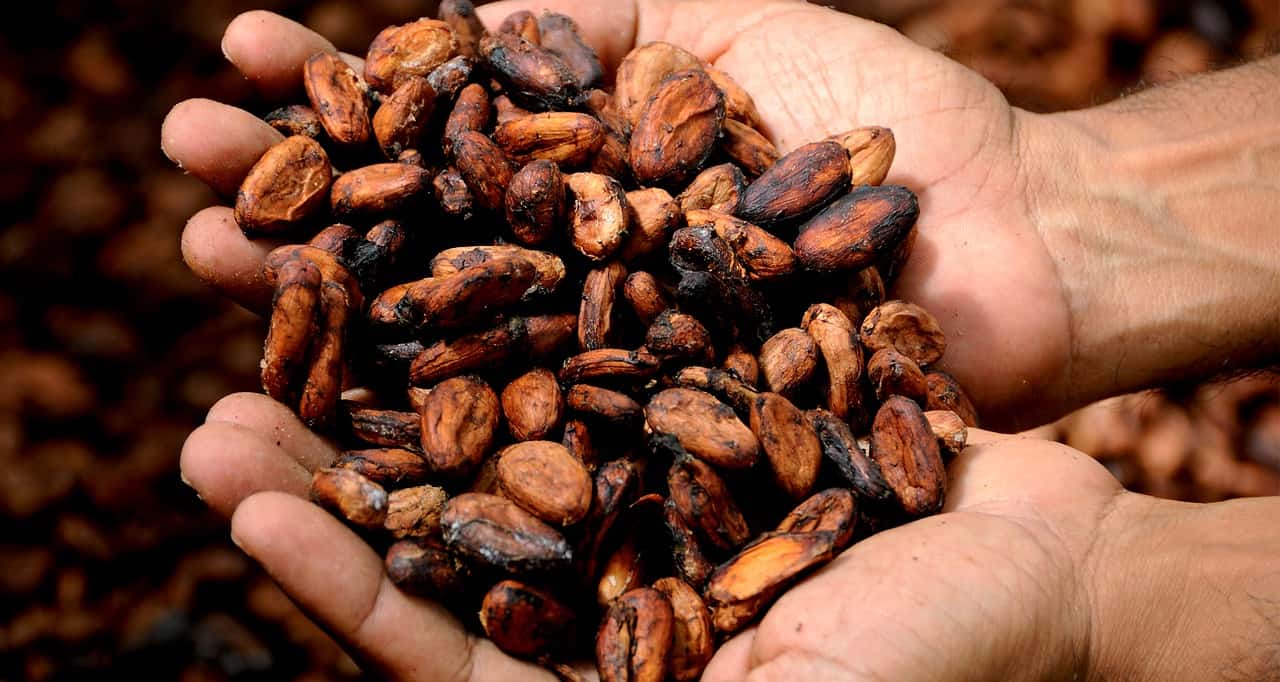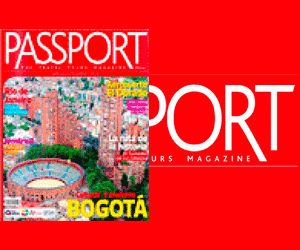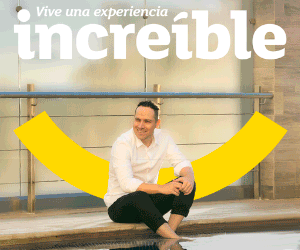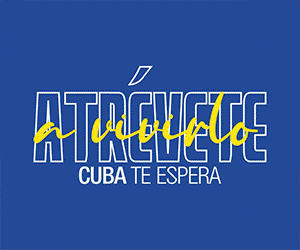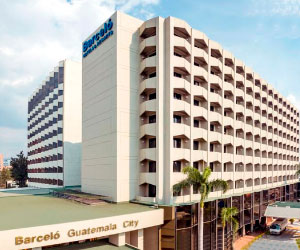Before there was coffee, there was cacao. Before there were coffee breaks, there was the chocolate hour. And before Costa Rica had coins, cacao was used for money.
Cacao and its derivative, chocolate, are favorites around the world and have been for a long, long time. Archaeologists made an amazing discovery in Honduras when they found traces of fermented chocolate in pottery pieces dating back to 1100 B.C.
The Aztecs and other indigenous tribes in South and Central America made drinks of pulverized cacao beans with peppers and spices added for flavor. Cacao beans were also traded among tribes in a pre-Columbian commodity market.
History records that Christopher Columbus tasted cacao on one of his voyages, and in 1520 the Aztec emperor Montezuma gave a drink of chocolatl flavored with vanilla and spices to explorer Hernán Cortés, who introduced chocolate to Europe in 1528 and created a sensation.
The Spaniards added sugar and the English added milk, and the drink became the taste and toast of Europe. It was considered an aphrodisiac and a stimulant, and English naval administrator Samuel Pepys recommended it to cure hangovers.
The church was obliged to decide whether chocolate drinks were allowed on days of fasting, and in Chiapas (now Mexico) the bishop threatened to excommunicate women for sipping chocolate “to sustain them” during high Mass.
In pre-Columbian Costa Rica, the tree, Theobroma, meaning “food of the gods,” was cultivated in the Caribbean Talamanca region and, to a lesser extent, on the Nicoya Peninsula, and cacao beans were used in trade. The process of tree to treats meant cracking the beans, blowing off the fragments of the outer shell and grinding the pulp into powder.
Explorer Juan Vásquez de Coronado wrote about cacao in his notes on Costa Rica in 1563. By 1600 the product was important enough to make Matina a shipping and commercial center in the Caribbean province of Limón. Cacao was shipped to Venezuela, Nicaragua and Spain, and boomed here after crop losses in South America and Mexico.
The first cacaotal, or cacao plantation, was registered in Costa Rica in 1610, and cacao was listed as merchandise in 1623.
By 1640 cacaotales were numerous, used as collateral and passed on to daughters as dowries. María de Santiago received 100 trees when she married in 1663. Cacao beans were also used for money when coins were in short supply, and la hora de chocolate, or the “chocolate hour,” was an evening ritual.
Then, bad luck struck in 1666, when British pirate Henry Morgan, with 800 of his Caribbean cohorts, ransacked Costa Rica, getting within 30 kilometers of Cartago, the former national capital east of San José, before being pushed back by the local militia.
Perhaps they, too, craved chocolate, because by then the drink was popular with sailors. The notorious Zambos Mosquitos indigenous tribe, who hated the Spaniards’ heavy-handed treatment, allied with the Brits, making cacao cultivation uncertain.
But wealth was measured in cacao trees, and the crop was too important to abandon.
The late 1600s saw a surge in cacao, abetted by officials in Cartago, all of whom owned cacao farms. Demand for cacao grew as improved processing made chocolate available to the masses. In 1847 the English firm of Fry and Sons developed the chocolate bar.
By the 1840s in Costa Rica, cacao had given way to coffee, both the drink and the crop. In the 1970s and ’80s, monilia pod rot made its way up the isthmus, almost stopping cacao cultivation. But production is increasing again as demand for quality and organic chocolate grows here and in Europe, and plant technicians work to develop disease-resistant trees.
With an export market of more than 200 tons of dried organic cacao a year, the indigenous land of Talamanca is once again an important producer of one of the planet’s most popular products.
Article Author Mitzi Stark 08
The Tico Times.






















